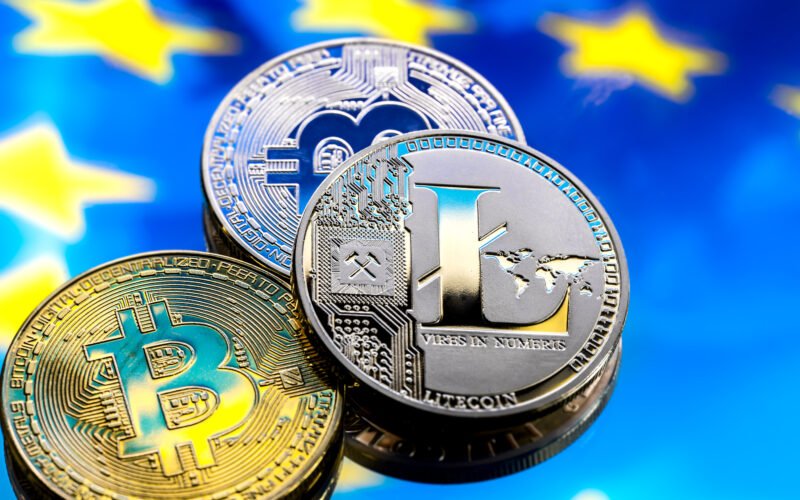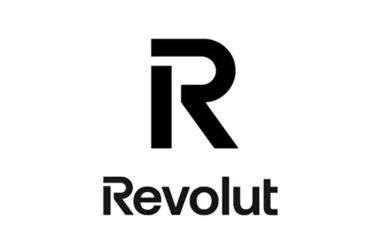MiCA has reshaped the regulatory landscape for crypto across Europe, and Malta, once a frontrunner with its pioneering Virtual Financial Assets (VFA) framework: is adapting fast. Although the island no longer sets its own national crypto rules, it remains a key player by leveraging its early experience, regulatory agility, and streamlined transition process. In this new EU-wide regime, Malta stands out not by scale, but by speed and strategic positioning – carving a niche as a competitive jurisdiction in the post-MiCA era.
Before MiCA: Malta’s VFA Framework
Malta was among the first European countries to create a bespoke crypto regulatory framework with its Virtual Financial Assets (VFA) Act, which came into force in 2018. The VFA Act established four classes of licences for crypto-asset service providers, with Class 3 and Class 4 being the most rigorous. It was overseen by the Malta Financial Services Authority (MFSA).
Key features of the VFA regime included:
- Mandatory licensing through the MFSA
- Professional indemnity insurance requirements for higher classes
- Specific capital thresholds (e.g., €125,000+ for Class 3)
- A Financial Instrument Test to classify tokens
- Heavy focus on investor disclosures and whitepaper review
The VFA framework was an ambitious attempt to lead in crypto regulation, but it remained Malta-specific. Licences were not passportable to other EU states, limiting the framework’s long-term effectiveness once MiCA entered the picture.
After MiCA: What Changed?
MiCA (Markets in Crypto-Assets Regulation), effective across the EU from mid-2024, replaced or superseded national frameworks like Malta’s VFA Act.
Key changes under MiCA in the Maltese context:
- Passporting: Firms licensed in Malta can now operate across all EU member states.
- Class system removed: MiCA defines service types but doesn’t categorise firms like the VFA’s four-class system.
- Capital requirements: Standardised across the EU (e.g., €125,000 or €150,000 depending on services offered).
- Insurance: The requirement for professional indemnity insurance has been dropped.
- Reserve asset obligations: Stablecoin issuers must hold diversified, highly liquid reserves.
- Governance and compliance: Stricter rules apply on conflicts of interest, custody, and consumer protection.
The MFSA now operates within this EU-wide system, aligning its supervisory role with MiCA’s harmonised standards. Former VFA-licensed firms were offered a “fast-track” transitional path to MiCA authorisation: allowing them to maintain business continuity while adapting to the new regulatory framework. This strategic move positioned Malta as one of the quickest EU jurisdictions to convert national licences into fully MiCA-compliant authorisations.
How Malta is Performing?
As of mid-2025 Malta has five authorised Crypto Asset Service Providers (CASPs) operating under MiCA, including prominent names such as OKX, Bitpanda, Crypto.com, ZBX, and Altarius. These firms span a variety of crypto services: from trading platforms and wallet providers to token issuers, indicating that Malta’s framework is attracting both global players and regionally focused entities.
No MiCA licences have been revoked to date, suggesting a high level of regulatory compliance and cooperative engagement with the MFSA. Industry observers note that Malta has become known for its pragmatic, business-friendly approach, particularly in the early stages of MiCA implementation.
The MFSA is regarded as one of the more responsive and accessible regulators within the EU crypto space. Some firms, such as OKX, received full MiCA approval within just a few days, a pace that stands out even among smaller EU jurisdictions. This efficiency is partly attributed to Malta’s previous experience with the VFA regime and the regulator’s willingness to work closely with applicants during the transition.
That said, public transparency has decreased compared to the VFA era. The MFSA no longer publishes regular updates on licensees, leaving the ESMA interim MiCA register as the main public source for tracking authorised firms in Malta.
European Comparison: Germany, Netherlands, and Malta

Germany leads the bloc with over 15 CASP licenses, benefiting from early crypto legislation and the oversight of its well-respected regulator, BaFin. The Netherlands follows closely, holding between 8 and 10 licenses, supported by a fintech-savvy market and an efficient, pragmatic regulator in DNB. In contrast, France, Italy, and Spain have been slower to develop in this area, each hosting only between 2 and 5 licensed CASPs.
Malta, meanwhile, punches above its weight:
- It has more MiCA licences than France, Italy, or Spain.
- Its success stems from the early implementation of the VFA regime and the fast-track offered for MiCA compliance.
Still, Malta’s regulatory model differs:
- It lacks the institutional heft of BaFin.
- Its public disclosure is now more limited.
- Its strength lies in regulatory speed and responsiveness, rather than depth or scale.
Think of it as a speedboat: agile, fast-moving, and nimble – compared to Germany’s institutional cargo ship approach.
Why Germany and Netherlands Attract Crypto Funds?
While MiCA provides an EU-wide framework, each country retains discretion in implementation and supervision, resulting in some key differences:
- Germany’s BaFin: Known for detailed supervision, thorough inspections, and strict enforcement.
- The Netherlands’ DNB: Balances firm compliance with a cooperative, pragmatic approach.
- Malta’s MFSA: Prioritises speed and adaptability, offering a fast licensing process but with less institutional depth.
In summary, Germany attracts firms with its legal robustness and regulatory stability; the Netherlands appeals through efficiency and fintech maturity; and Malta competes by providing agility and fast-track authorisations – each jurisdiction offering distinct advantages to different types of crypto businesses.
Global Perspective
Compared globally, Europe now leads in crypto licensing clarity and cross-border operability. By mid-2025, the EU has issued the highest number of crypto asset service licences under a single legal framework.
Asia and North America remain active but fragmented – operating under mixed regulatory approaches or incomplete regimes.
Data sources:
Figures are based on the ESMA interim MiCA register, as well as reports from CoinDesk, PwC, and national regulatory disclosures.
Malta’s Post-MiCA Path Forward
MiCA marks a regulatory coming-of-age for Malta: a shift from boutique national experimentation to full integration into Europe’s unified framework.
Malta no longer defines the crypto rule-book, but it has proven adept at adapting. Its early VFA regime, though now obsolete, gave local firms a head start under MiCA. By focusing on speed, regulatory clarity, and a responsive licensing process, Malta remains an attractive destination for crypto firms looking to enter the EU. Whether it can maintain that relevance in the long term will depend on how it balances agility with growing expectations for regulatory substance and transparency.
For now, Malta isn’t the biggest player, but it’s among the fastest out of the gate. In an increasingly crowded regulatory race, that still counts for a lot.
0% Tax on Crypto?
When you sign up, you’ll receive a 5-part email series packed with insights on Malta’s crypto landscape : from tax rules and residency options to practical tips for investors. Learn how to make the most of your crypto journey in Malta, step by step.







